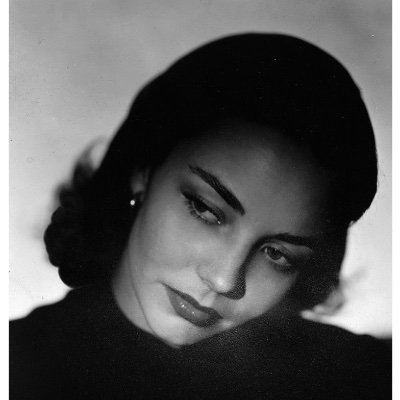
- Starring
- Klaus Kinski, Isabelle Adjani, Bruno Ganz
- Writer
- Werner Herzog
- Director
- Werner Herzog
- Rating
- PG (Canada, United States)
- Running Time
- 107 minutes
Overall Score
Rating Summary
Werner Herzog is a legendarily peculiar filmmaker who attracted notoriety by directing a series of grand epics that took on a gonzo sensibility. He had an instantly recognizable style and frequently found imaginative ways to shift our perspective on oft-told stories. When he chose to make a film about a mad conquistador with delusions of grandeur, he produced a dreamlike, hallucinatory cinematic experience that made the audience feel like they had been through hell and back. His collaborations with the fiery, eccentric Klaus Kinski tended to produce fireworks on and off screen and Kinski’s unusual brand of mania gave their films an air of mystery. They made singular, astonishing works that couldn’t have been the product of any other collaboration. It seemed as though Herzog sought to upend our expectations with every new feature film and never chose to rest on his laurels.
This is what makes Nosferatu the Vampyre, his remake of Nosferatu: A Symphony of Horror so utterly confounding. He made a film that doesn’t radically reinterpret Bram Stoker’s Dracula or find a new perspective on a tale that could be viewed from so many different angles. It is visually sumptuous and includes a couple of shots that have real staying power, and yet it seems oddly pointless. It remains so faithful to the spirit of the original film that it is hard to see why Herzog felt the need to make it.
Perhaps he simply wanted to offer up a tribute to the chilling, fragile beauty of German seaside towns. Apparently, he envisioned Nosferatu the Vampyre as a critique of the bourgeoise and the unstable order that allows them to create an illusion of stability. He wanted to present middle class individuals being thrown into the deep end and learning to adopt more progressive values. Even though he intended to attack the emptiness and vacuity of life in a place like Wismar, he still finds a way to provide us with enchanting glimpses at a world that can never truly exist.
At times, it feels as though the plot is just a diversion from what Herzog is really interested in. He turns away from spellbinding shots of overcast skies and blue mountains, to deliver us with scenes in which plot points are quickly conveyed. We learn that Jonathan Harker (Ganz) is traveling to Transylvania in order to visit Count Dracula (Kinski), against the advice of everybody who cares about him. Harker has been tasked with selling Dracula a property in Wismar and needs to get him to sign the paperwork that would close the deal. Dracula ends up biting his neck and turns him into a vampire. When he notices Harker’s portrait of his long-time girlfriend, Lucy (Adjani), he is immediately besotted with her. He travels to Wismar in a coffin and tracks her down with the intention of seducing her and sucking her blood. Harker decides that he needs to protect his lover and journeys back to Wismar with the intention of murdering Dracula.
Nosferatu the Vampyre is at its best when cinematographer Jörg Schmidt-Reitwein is given the chance to run wild and envision Wismar as a land that exists beyond space and time. When Harker and Lucy enjoy a romantic stroll down the beach, they are surrounded by different shades of white and grey. The ocean and the sky melt into each other and the fog obscures the distance. Every shot is composed to make the beach appear to be the center of the world, with Harker and Lucy journeying towards an uncertain future. The world beyond the beach proves to be terrifying and scary and Dracula introduces a touch of evil into a sleepy small town. The seemingly infinite beach appears to signify the limited viewpoint of the people of Wismar. They are safely suspended in a world with unclear boundaries but prevent themselves from experiencing anything new or different. Every human is just a different shade of grey and life is just one slog. Harker has been so insulated from the outside world that he doesn’t believe that anybody could really want to hurt him. There are little moments like this littered throughout and they remind you that this was made by an enormously talented group of people.
During many scenes, it becomes easy to forget the fact that this was put together by one of the greatest directors of the 1970s. The acting is very good, the cinematography is excellent and Dracula’s castle is fittingly creepy. On the whole, it is exceptionally well made. That being said, one can’t help but feel like a Debbie Downer when arguing that it is a disappointment. If Nosferatu the Vampyre had been made by a team that had set lower expectations, it might have been satisfactory. But when dealing with Herzog and Kinski, one expects a masterpiece.
still courtesy of 20th Century Studios
Follow me on Twitter.
If you liked this, please read our other reviews here and don’t forget to follow us on Twitter or Instagram or like us on Facebook.

I am passionate about screwball comedies from the 1930s and certain actresses from the Golden Age of Hollywood. I’ll aim to review new Netflix releases and write features, so expect a lot of romantic comedies and cult favourites.
Discover more from
Subscribe to get the latest posts sent to your email.
